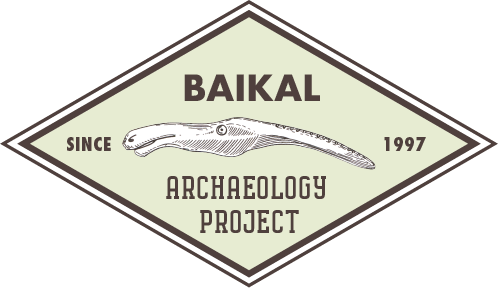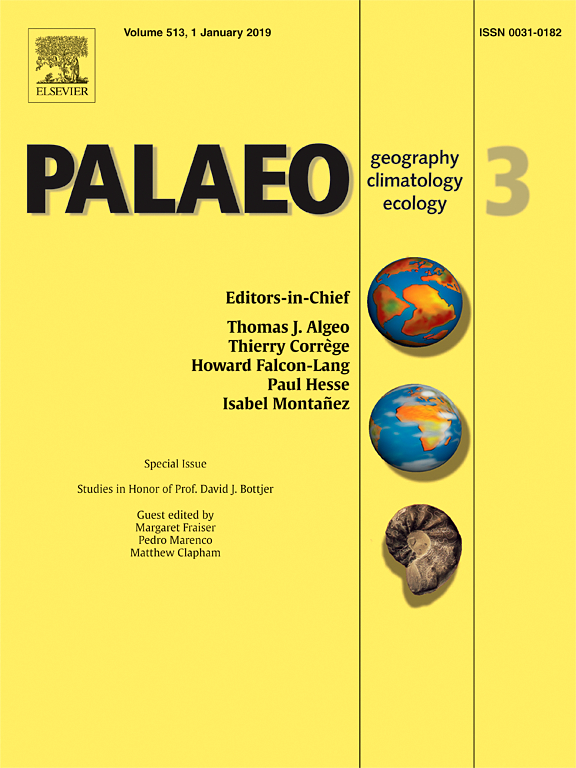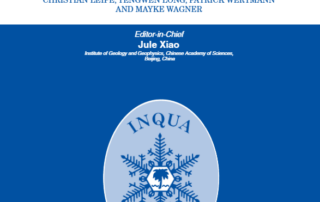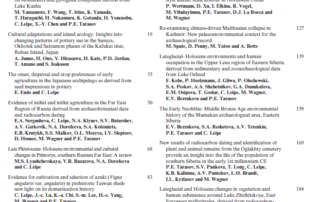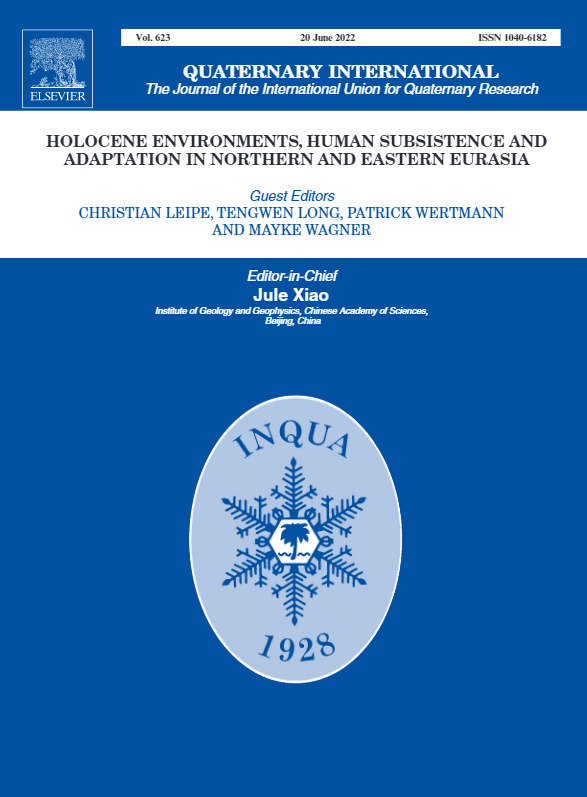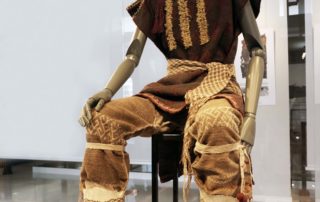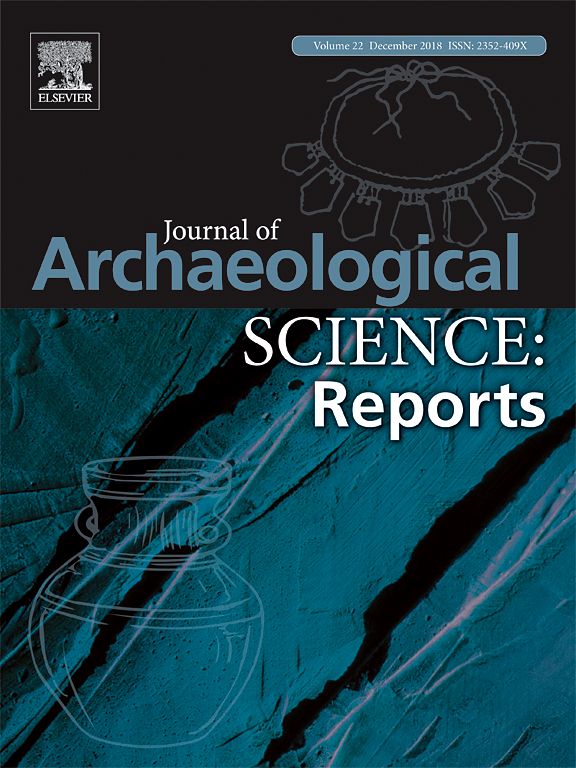Dr. Christian Leipe new position at Max Planck Institute
In September 2022, our BHAP and BAP team member, Dr. Christian Leipe returned from his DFG-funded postdoctoral fellowship in Nagoya University (Japan) and started a new research position at the Max Planck Institute for Geoanthropology, Department of Archaeology in Jena, Germany. He will continue his cooperation with the BAP team. Congratulations to Christian on his new position! Read about Christian's research here: https://baikalproject.artsrn.ualberta.ca/team/dr-christian-leipe/?portfolioCats=5%2C6%2C7%2C8%2C9

